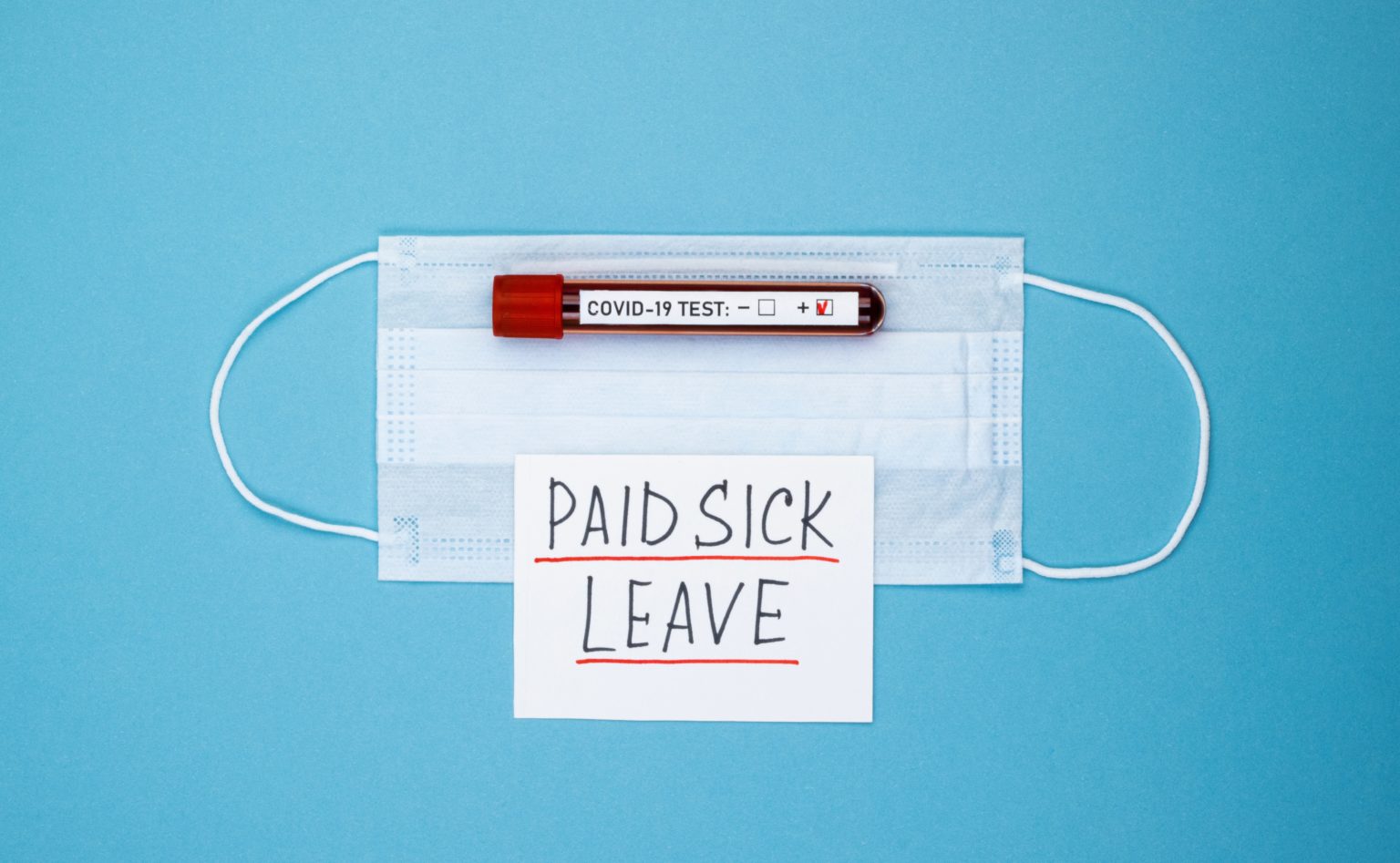
FFCRA is the Families First Coronavirus Response Act that requires many employers issue emergency-paid sick leave to employees; there are exemptions–some small employers (<50) are given more flexibility–and the federal government capped it to maximum amounts; the total amount you pay out is reimbursable dollar for dollar via tax credits, if requirements are met. And it covers any qualifying payments you make from April 1, 2020 to March 31, 2021.
There are two forms of approved FFCRA Leave:
- Emergency paid sick leave: Two weeks of paid sick leave at 100% of the employee’s wages
- Emergency Family and Medical Leave Act (FMLA): Twelve weeks of leave, with 10 of those paid at ⅔ of the employee’s wages
How Emergency Sick Leave Works
Qualifying employees notify their employer that they’re ill, their child is sick, or they have potentially been exposed and are awaiting Covid test results. At that point, you can give each employee up to 80 hours of leave that’s completely reimbursable to you through tax credits. If they’ve exhausted their paid sick leave balance, they can tap into the extended FMLA leave; you won’t have to pay them the full amount (only ⅔ of their regular pay), and you’ll also receive a tax credit for it.
Who’s Eligible for FFCRA Tax Credits
Private employers with less than 500 employees are eligible for FFCRA tax credits. Under 50 is on a case-by-case basis; if they can prove it will negatively impact the longevity of their business, they may be exempt for claims stemming from an employee’s inability to work due to childcare issues (as a result of coronavirus). Some public employers are also responsible for providing the leave but aren’t always privy to receive tax credits.
Types of Pay Approved for FFCRA Tax Credit
- Regular wages and salaries that would have been paid out during the period: For those working various hours, the hours they’re schedule to work should be used, but if that’s not possible taking a 6-month average will suffice; be sure to include any overtime pay
- Employer portion of employee health insurance premiums: Any amounts required to maintain employee health insurance during this period
2021 Credits vs 2020 Credits
| 2021 | 2020 |
| Employers aren’t required to provide FFCRA leave | Employers with <500 employees are required to provide FFCRA leave |
| FFCRA leave is reimbursable dollar for dollar. | FFCRA leave is reimbursable dollar for dollar. |
| FFCRA sick leave wages are not subject to the Social Security tax | FFCRA sick leave wages are not subject to the Social Security tax |
The FFCRA tax credits were approved in 2020 and were initially set to end December 31, 2020. Because businesses and employees continued to deal with effects from the pandemic after that, the federal government extended these credits to March 31, 2020. What didn’t change however is that the requirement to provide employees with FFCRA leave expired in December 2020. You can still voluntarily provide the leave and receive the credits for doing so, but you won’t be held accountable for not choosing to offer this benefit.
How to Claim the FFCRA Tax Credits for Emergency Leave
The tax credits are reimbursable dollar-for-dollar, meaning your tax bill will drop by the amount you disbursed, effectively setting your FFCRA leave payout back to $0. To claim the credits, you should use your federal employment tax return, typically quarterly Form 941, although some small businesses use Form 940. You’ll enter the total amount of qualifying leave wages in addition to other employment costs you incurred for the employee(s) during the period, like health insurance premiums and FICA taxes. On Form 941, you’ll be able to show the reduced liabilities.
You can apply the credit you’re owed directly to federal tax expenses you currently have outstanding:
- Social Security and Medicare taxes you’ve been holding from each employee’s paycheck for the period
- Employee’s federal income tax you withheld for the period
- Employer’s share of Social Security and Medicare taxes for the period
Instead of paying these tax expenses in full to the IRS, you can deduct the amount you are owed from your current tax bill, and only deposit the amount remaining, if any. And just to reiterate, Form 941 (or Form 940) has a section in which you can report your original tax balances, the credits you applied, and the remaining amount owed.
Let’s look at an example:
Example of Emergency Sick Leave Payout
A business with 250 employees pays a total of $5,000 in eligible sick leave and family leave wages in January and February of 2021 and doesn’t intend to approve any more emergency sick leave for the year. The company doesn’t owe the employer’s share of Social Security tax on the $5,000 but will owe $72.50 for the employer’s share of Medicare tax ($5,000 * 1.45% Medicare tax = $72.50). Its FFCRA credits total equal $5,072.50,which include the $5,000 in qualified leave wages plus $72.50 for the Eligible Employer’s share of Medicare tax (we aren’t including other eligible expenses, like health insurance premiums in this example).
The business can apply this amount against any federal employment taxes it’s liable for on wages paid in Q1 2021 (not in 2020). Any remaining credits that exceed its federal employment tax liabilities are refunded with its tax return, as normal.
Please note: The company must continue to withhold the employee’s share of Social Security and Medicare tax on the qualified leave wages paid, though.
If the business doesn’t have enough funds to cover the employment taxes on the emergency sick leave–which can happen since quarterly returns aren’t filed under after the qualified wages are paid–it can file Form 7200, Advance Payments of Employer Credits, to get some relief. Before selecting this option, the employer should take advantage of the Social Security tax deferral granted by the CARES act.
